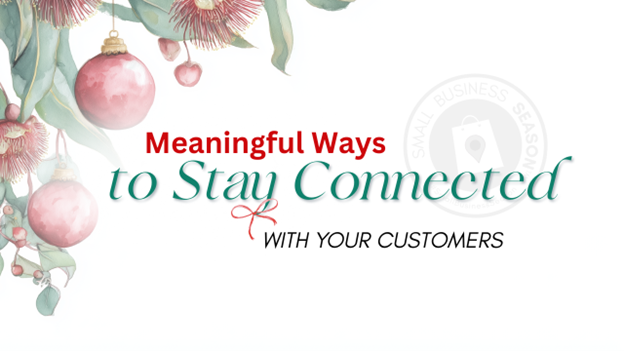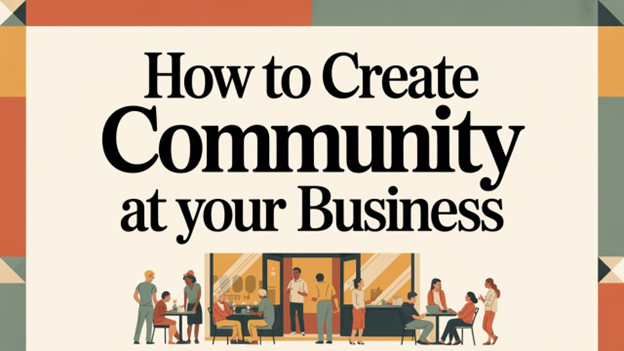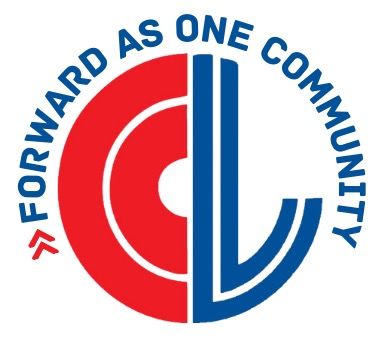Unlocking Growth: How Personalization and Data Analytics Empower Business Leaders
- Revenue Growth: Companies excelling in personalization generate 40% more revenue than slower peers.
- Customer Expectations: 71% of consumers demand personalized experiences, with leaders like Netflix setting standards.
- Strategic Foundations: Effective personalization requires high-quality data, transparency, and advanced tools like CRMs and AI.
- Leader Benefits: Personalization drives loyalty, boosts sales conversions by up to 20%, and streamlines operations.
- Challenges & Action: Overcome privacy concerns and resource barriers with pilot programs and continuous strategy refinement.
476 words ~ 2 min. read
In today’s hyper-competitive market, businesses must go beyond offering great products and services—they need to deliver personalized experiences that resonate with individual customers. Powered by advances in data analytics and artificial intelligence (AI), personalization is now more accessible than ever, providing businesses with a critical edge. According to research from McKinsey & Company, companies excelling in personalization generate 40% more revenue than their peers. Here’s how business leaders can leverage this transformative strategy.
Why Personalization Matters
Personalization drives customer loyalty and satisfaction by tailoring interactions to individual preferences. Forbes highlights that 71% of consumers expect personalized experiences, and businesses that fail to deliver risk losing customers to competitors. Amazon and Netflix exemplify this trend, using sophisticated algorithms to anticipate customer needs and offer relevant recommendations. Their success underscores personalization’s power to deepen engagement and boost profitability.
Moreover, personalization helps differentiate brands in crowded markets. By understanding customers’ unique needs, businesses can build emotional connections, fostering trust and loyalty.
Building a Personalization Strategy
Implementing a successful personalization strategy requires careful planning and execution.
1.Data Collection and Management
Gathering high-quality data is the foundation of personalization. Business leaders should invest in tools like customer relationship management (CRM) systems and analytics platforms to capture meaningful insights. Business experts emphasize that transparency in data collection is essential, as customers demand trust and adherence to privacy regulations.
2. Advanced Analytics and AI
Using predictive analytics, businesses can anticipate customer needs and refine strategies in real time. AI tools enable dynamic segmentation, breaking down audiences into actionable groups based on behavior and preferences. This ensures marketing efforts are not just effective but also scalable.
3. Customer-Centric Segmentation
Personalization thrives on understanding diverse customer segments. Segmenting audiences by demographics, purchasing behavior, and preferences allows companies to craft targeted campaigns. Forbes recommends regularly updating customer profiles to stay relevant in an ever-changing market.
Benefits for Business Leaders
Investing in personalization delivers tangible benefits:
- Enhanced Engagement: Customized experiences lead to higher customer retention and loyalty.
- Revenue Growth: According to a McKinsey report, businesses using data-driven personalization see up to a 20% increase in sales conversions.
- Operational Efficiency: Automating processes reduces manual labor, freeing resources for strategic innovation.
Challenges to Address
While personalization offers immense potential, it also comes with challenges. Data privacy remains a top concern. Leaders must navigate complex regulations while ensuring customer trust. Additionally, implementing these strategies requires upfront investment in technology and staff training.
Getting Started
- Audit Current Capabilities: Assess existing data infrastructure to identify gaps.
- Develop a Framework: Define clear goals and metrics for personalization efforts.
- Pilot Programs: Test small-scale campaigns before scaling up.
- Monitor and Adapt: Use feedback to continuously optimize your strategy.
The Takeaway
Personalization is not just a buzzword—it’s a strategic imperative. By leveraging data analytics and AI, businesses can deliver meaningful customer experiences that drive loyalty and growth. Business leaders who embrace this approach today will be the ones thriving tomorrow.
---
The Leavenworth-Lansing Area Chamber of Commerce is a private non-profit organization that aims to support the growth and development of local businesses and our regional economy. We strive to create content that not only educates but also fosters a sense of connection and collaboration among our readers. Join us as we explore topics such as economic development, networking opportunities, upcoming events, and success stories from our vibrant community. Our resources provide insights, advice, and news that are relevant to business owners, entrepreneurs, and community members alike. The Chamber has been granted license to publish this content provided by Chamber Today, a service of ChamberThink Strategies LLC.




